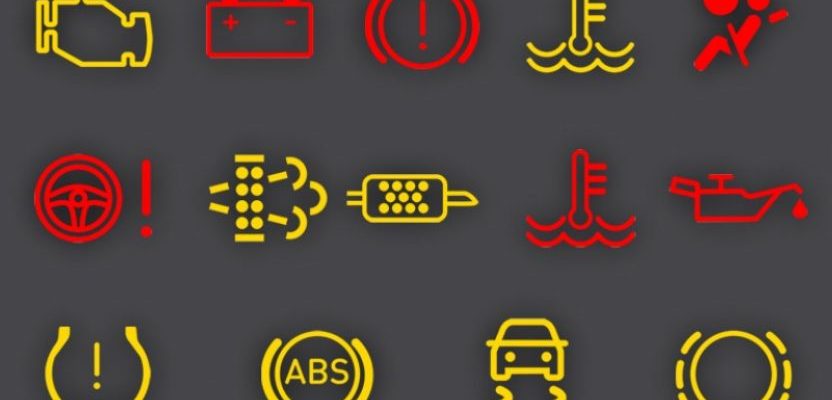Seeing a yellow exclamation mark on your car’s dashboard can be unsettling. It’s a warning light indicating a potential issue that needs attention. Ignoring it could lead to more significant problems and costly repairs. This guide helps you quickly diagnose and address the most common causes.
Understanding the Symbol
The yellow exclamation mark typically appears inside a triangle or circle. Its meaning varies depending on the vehicle manufacturer and specific system it represents. However, common culprits include:
- Tire Pressure Monitoring System (TPMS): Indicates low tire pressure in one or more tires.
- Brake System: Signals a problem with the braking system, such as low brake fluid or worn brake pads.
- Traction Control System (TCS) or Electronic Stability Control (ESC): Indicates the system is active or experiencing a malfunction.
- General Warning: Can signify a variety of issues, often requiring further investigation.
Quick Diagnosis Steps
- Check Your Tire Pressure: Use a tire pressure gauge to check each tire. Inflate to the recommended pressure listed on the sticker inside your driver’s side door.
- Inspect Brake Fluid Level: Locate the brake fluid reservoir under the hood. Ensure the fluid level is between the minimum and maximum lines. If low, add the correct type of brake fluid (check your owner’s manual).
- Observe Driving Conditions: Did the light illuminate during slippery or uneven road conditions? If so, it might be the TCS/ESC activating.
- Consult Your Owner’s Manual: The manual provides specific information about the warning light’s meaning for your vehicle model.
Possible Fixes
Based on the diagnosis, here are some potential fixes:
- Inflate Tires: Correct tire pressure often resolves TPMS issues.
- Add Brake Fluid: If the level is low, topping it off might solve the problem. However, investigate for leaks if it frequently needs refilling.
- Reset the TPMS: After inflating tires, some vehicles require a TPMS reset (consult your owner’s manual).
- Professional Inspection: If the light persists or you suspect a more serious issue (e.g., brake problems), take your vehicle to a qualified mechanic for inspection and repair.
Important Note: Never ignore a brake system warning light. Address it immediately to ensure your safety.
When to Seek Professional Help
While some issues are easily resolved, certain situations warrant a visit to a qualified mechanic:
- The Light Remains On: After attempting basic fixes, if the yellow exclamation mark persists, it indicates a more complex problem.
- Unusual Noises or Performance Issues: Accompanying symptoms like squealing brakes, difficulty steering, or a rough ride necessitate professional attention.
- Brake System Problems: Any concerns with the braking system, such as a soft brake pedal or reduced stopping power, require immediate professional evaluation. Driving with compromised brakes is extremely dangerous.
- You’re Unsure: If you are uncomfortable diagnosing or attempting repairs yourself, seeking expert advice is always the safest option.
Preventative Measures
Regular maintenance can help prevent the yellow exclamation mark from appearing in the first place:
- Regular Tire Pressure Checks: Check and adjust your tire pressure at least once a month.
- Brake System Inspections: Have your brakes inspected during routine maintenance appointments.
- Fluid Level Checks: Regularly check and maintain proper fluid levels, including brake fluid, power steering fluid, and engine coolant.
- Adhere to Maintenance Schedule: Follow the recommended maintenance schedule outlined in your owner’s manual.
The yellow exclamation mark on your dashboard is a valuable warning sign. By understanding its potential meanings and taking prompt action, you can address minor issues before they escalate into major repairs. Remember to prioritize safety and seek professional help when needed. Regular maintenance is key to preventing warning lights and ensuring your vehicle’s optimal performance and longevity. Ignoring warning lights can lead to more expensive repairs and potentially dangerous driving conditions.










Great breakdown of the common causes and simple fixes. Easy to understand, even for someone like me who isn
Excellent guide. Very practical and well-written. I
The quick diagnosis steps are spot on. I had a TPMS issue last week and this would have saved me a trip to the mechanic.
I appreciate the emphasis on checking the owner
This is incredibly helpful! I always panic when I see that light. Now I have a checklist to start with.
Clear and concise! I like how it differentiates between the different systems that might trigger the light.